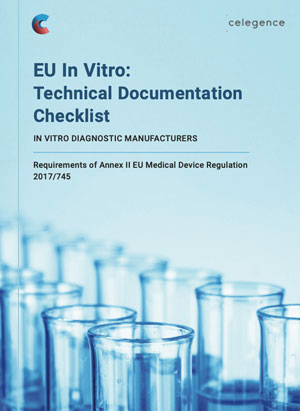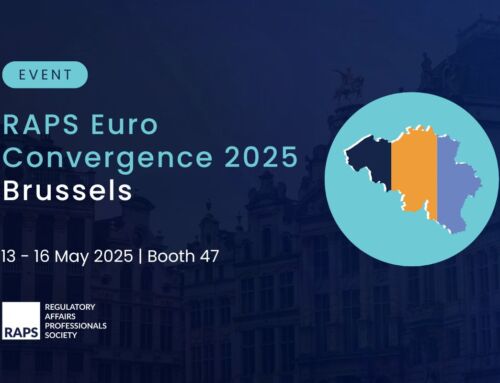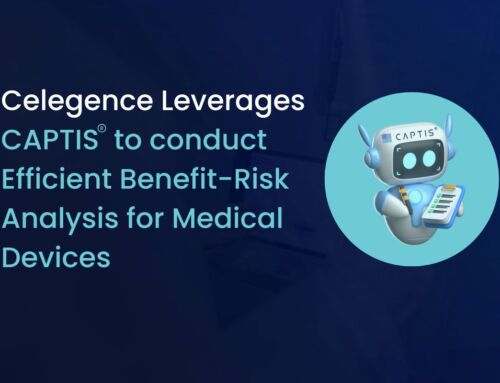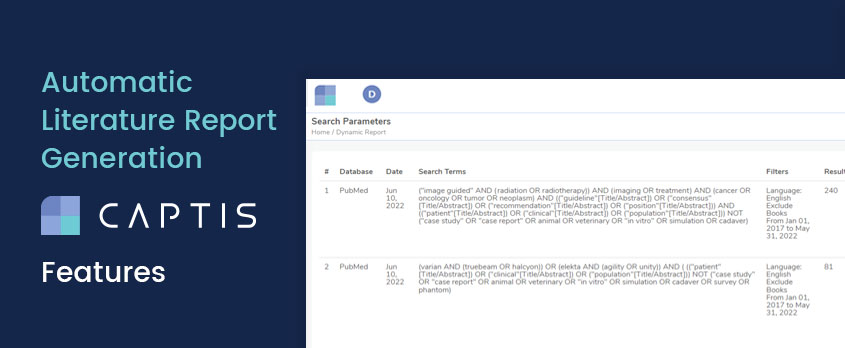
Automatic Literature Report Generation in CAPTIS™
Presenting the results from a Systematic Literature Review is not limited to presenting the included articles in the Clinical Evaluation Report (CER) or Performance Evaluation Report (PER) or any other regulatory document that you draft. A systematic literature review should include a few additional elements of data such as:
- The search strategy
- Results from the Title and Abstract (Level 1) Screening process
- Results from the Full-Text Evaluation/Appraisal (Level 2) process
- A pictorial presentation summarizing the literature review, e.g., a PRISMA flow chart (optional but recommended)
Key Pain Points with Literature Report Generation
A tabular presentation is the best way to present points #1 to #3 stated above. Tables can lay out individual articles and their review decisions in separate rows making it easier for the viewer to grasp information. Microsoft Excel is a good tool if you’re tracking the review manually. However, manual tracking has its own problems, the most significant being human error.
Ever had one of these thoughts when tracking or performing your literature review?
“The total articles in this list don’t match the number I got when I ran this string.”
“These entries look jumbled.”
“……a random empty cell. Hmm. Where is my data?”
Worst case scenario, your Excel crashes, and none of your hard work was saved.
You may also be performing a systematic literature review for the first time and may not be aware of ways or formats to use to display your review process.
The checklist highlights all of the documentation that you will need in place for certification of your IVD device and will serve as a guide to help you achieve ongoing compliance. In conjunction with this checklist, we are also able to provide you with bespoke strategies to bring your business up to speed. We are currently working with businesses from the United States, India, and throughout Europe to ensure that they are ready for the deadline in May of 2022.
Automatic Literature Report Generation Within CAPTIS
At Celegence, we understand the operational challenges faced by device manufacturers and medical writers alike and use technology to overcome these. CAPTIS significantly cuts the overall time for a systematic literature review in many ways.
CAPTIS automatically pulls in article metadata from your saved searches, identifies and removes duplicates, and gives you a prepared list of articles ready for review. CAPTIS also allows you to run your PubMed, Google Scholar and Europe PMC searches on the platform itself, and helps you save literature data from searches conducted on Embase, Prospero and Cochrane along with the search parameters used.
Since it stores all search parameters for all the searches you run, it essentially knows your entire literature search strategy and can present the same in a ready to use tabular report like the one below which can be exported out.
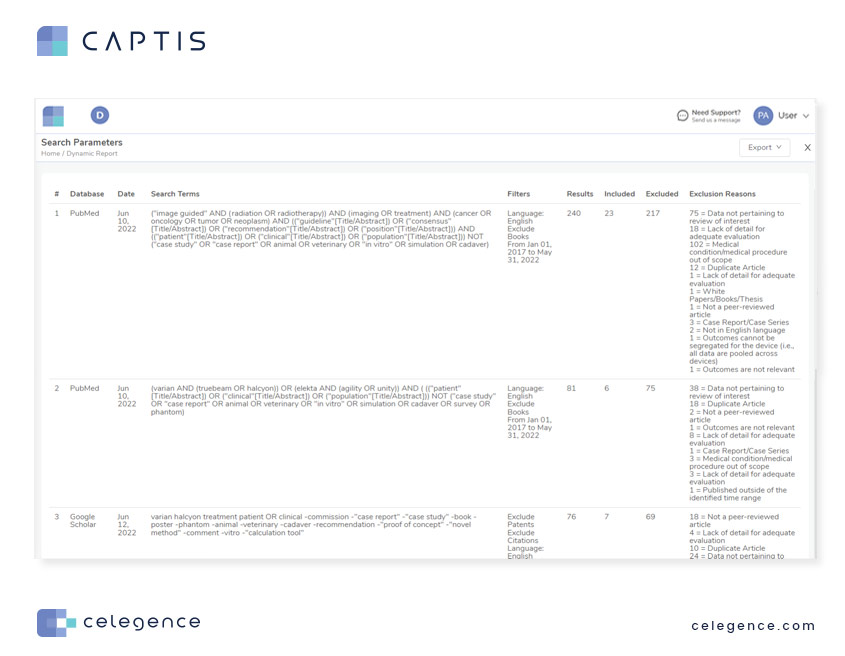
Similarly, it also generates other ready-to-use reports for presenting various aspects from your literature review.
Title and Abstract review summary
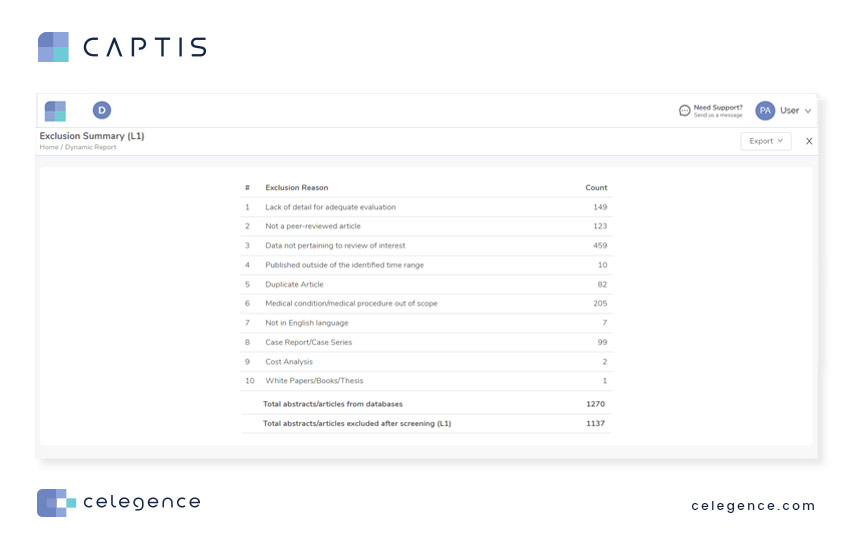
Full-text appraisal summary along with a custom set article appraisal criteria
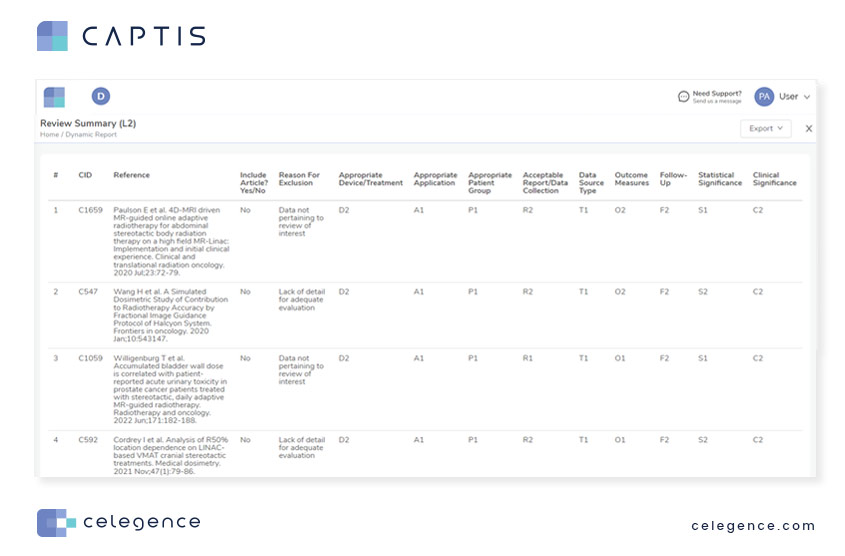
The appendix for your literature report
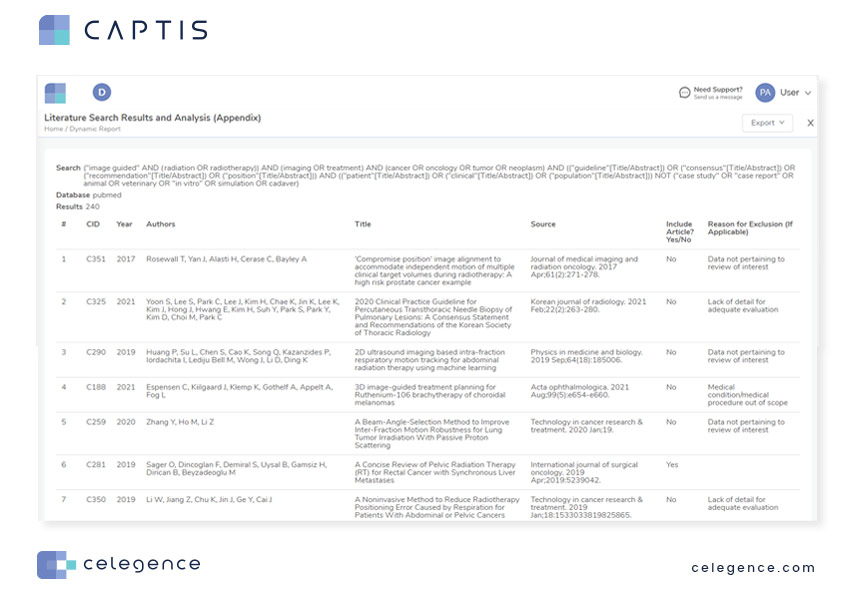
And the PRISMA Flow Chart.
These were few examples of reports that one can find automatically configured on CAPTIS. You can also set up custom layouts and generate reports that match your document template.
Benefits of Automatic Literature Report Generation within CAPTIS
Here are some of the ways medical writers can save time using the automatic literature report(s) generation feature within CAPTIS:
- Consistent reporting for all literature reviews.
- Traceable screening and full-text appraisal decisions.
- Centralized place to access your literature reviews – Have your entire literature review right from literature search to appendix generation on CAPTIS instead of multiple excel sheets or documents.
- Time and effort savings by having CAPTIS generate ready-to-use literature tables for your documents.
- Easier maintenance and periodic updates of systematic literature reviews.
Schedule Your CAPTIS Demo
Your medical writing team can benefit from CAPTIS with faster turnaround times for systematic literature reviews and more accurate end-to-end MDR/IVDR documentation support. To learn more and view a comprehensive demo of CAPTIS, reach out to info@celegence.com today or contact us online to connect with a Celegence representative.
The checklist highlights all of the documentation that you will need in place for certification of your IVD device and will serve as a guide to help you achieve ongoing compliance. In conjunction with this checklist, we are also able to provide you with bespoke strategies to bring your business up to speed. We are currently working with businesses from the United States, India, and throughout Europe to ensure that they are ready for the deadline in May of 2022.
